Exploration, History and Fado in Lisbon
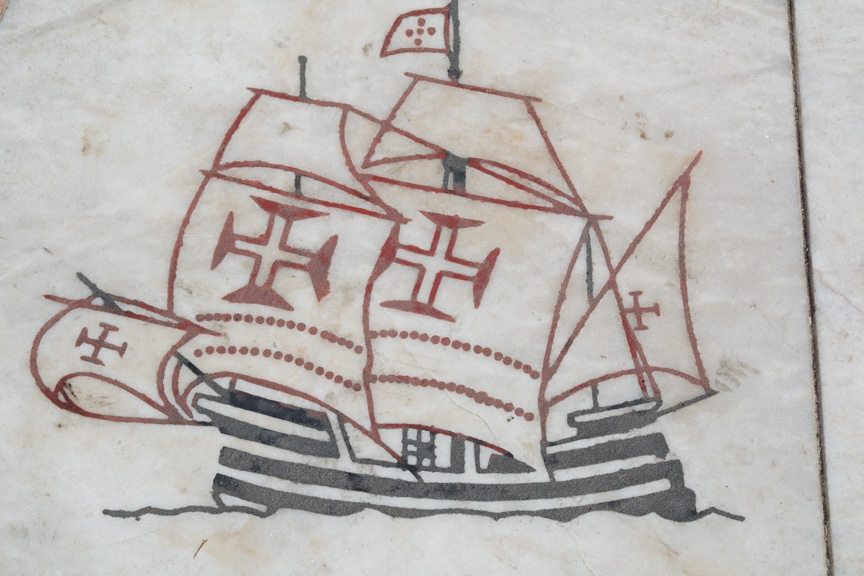
Wednesday, September 30, 2015
Today, Viking River Cruises’ Portugal’s River of Gold itinerary kicked off in full force in Lisbon, as guests set out from the Hotel Tivoli Lisboa to explore this vibrant capital city on our first full day of touring.
Breakfast is included on this portion of the tour, and getting it is as easy as going down to the Brasserie Flo Lisboa Restaurant on the main lobby level of the (which, confusingly, is accessible by pressing the letter “H” in the elevator!)

Fully caffeinated and buffet breakfast completed, guests were split into three groups that would board three separate coaches for our morning of touring. Lists for the busses are posted at the Viking Concierge desk in the main lobby of the Tivoli, and reflect the coloured luggage tags that you are given the day you arrive.
My coach was Coach A. It’s the bus group I will be placed in for the next nine days, and it’s worth pointing out that Viking doesn’t believe in crushing dozens of guests together in the same bus. Just because the Mercedes coach can hold 55 guests doesn’t mean Viking places that many onboard. After all, the Viking Torgil – our home on the Douro – carries but 106 guests. Split amongst three coaches, that means that each coach only has to carry roughly 35 guests total – and that means plenty of space to spread out.
With the mercury rising, the weather this morning was plenty agreeable. If you’re concerned that Portugal in the fall will be chilly, think again – temperatures today hovered around 26°C, or 78.8°F.
Our first stop this morning was at the striking Monumento aos combatentes no Ultramar, the monument to the soldiers that fell during the Portuguese Colonial War. The gorgeous monument was highlighted by the equally-fantastic weather. It’s also quite convenient, as all of our other destinations this morning were also in the same district: Lisbon’s historic Belem neighbourhood.
Stop Number Two was arguably the most impressive: the imposing Belem Tower. Commissioned by King John II in 1515, it was completed just four years later in 1519 and formed an important link in the fortification of medieval Lisbon. It’s surprisingly beautiful for a piece of architecture that was, at its core, designed to be functional.
Our Viking guide, Fatima, was fantastic. She was personable and knowledgeable, and also unflappable. Crowds at the tower didn’t phase her; she just marcher right into the fray, guiding us closer to the tour to give us her explanations in perfect English. Interspersed perfectly with liberal doses of humour, she also managed to balance out her guiding with ample free time – something I really appreciate.
Though it’s easy to be separated from your guide and still hear all the historical facts thanks to the QuietVox wireless audio system that Viking uses on their river cruises. We’ll get permanent ones once we board the Viking Torgil tomorrow evening, but for now we can pick up our QuietVox headsets from our guide each morning. If you’ve never used one before, they’re fantastic: they allow your guide to speak to you via an earpiece and a wireless transmitter while you wander as you please. Years ago, on another Viking river cruise, I tested their range capabilities in Vienna; I got two blocks away before the signal cut out. That’s darn good!
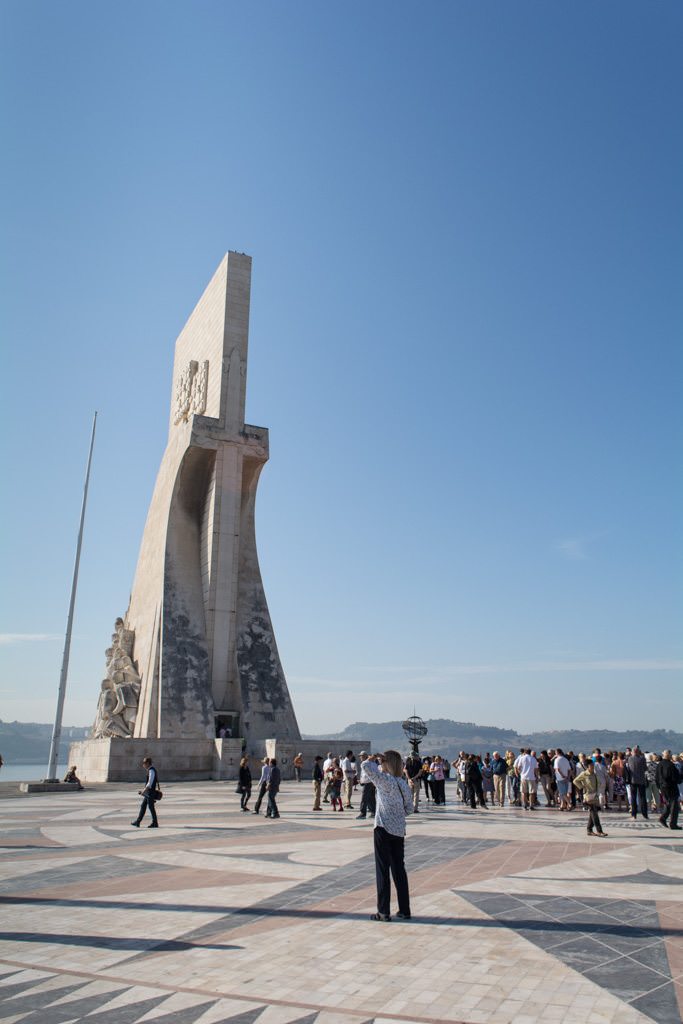
We also visited Padrão dos Descobrimentos, or the Monument of the Discoveries. Inaugurated in 1960, it pays tribute to Portugal’s long history of seafaring exploration – specifically the “Age of Discovery” that occurred during the 15th and 16th centuries. Prominently featured is a statue of Henry the Navigator, Portugal’s famed patron of seafaring exploration that lived between 1394 and 1460.
Our next stop was right across the street, yet Lisbon’s series of serpentine-like one-way roads meant a 15 minute motorcoach ride to reach it. A UNESCO World Heritage Site, the Jerónimos Monastery is located near the water in Portugal’s Belem district. Recognized by UNESCO in 1983, construction began in 1501 and was completed a century later, in 1601.
It’s an impressive building that is conveniently sandwiched between the Maritime Museum and the National Archaeology Museum. Unfortunately, the battery in my Nikon decided that this last stop of the morning would be a great time to run out of juice. But rest assured, this is one sight you don’t want to miss out on.
In the afternoon, I had planned to go to the National Tile Museum for a tile-making demonstration and activity. But still feeling jetlagged from the day before and lacking in sleep, I opted to enjoy lunch at the Hotel Tivoli before resting up and going for a short stroll around Lisbon to purchase my favorite European cologne from a local shop.
Some images of my afternoon of pleasant wandering:
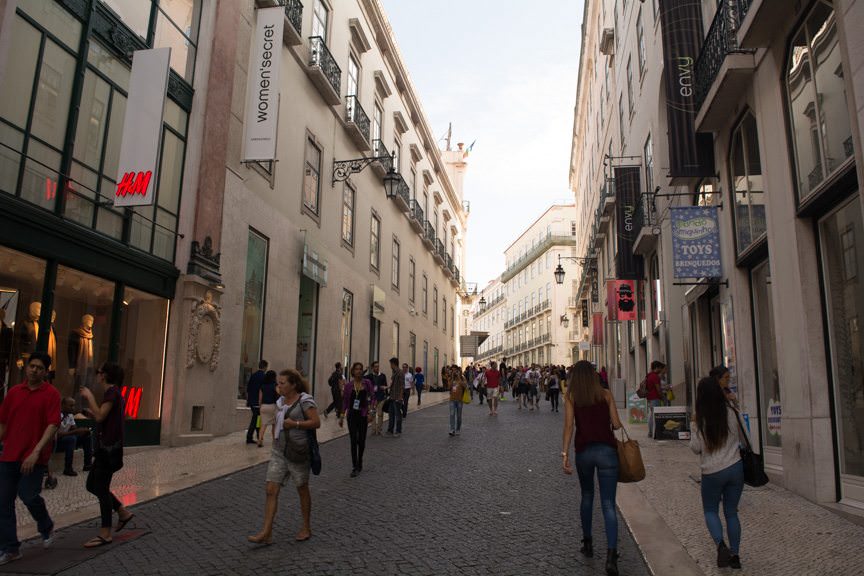
This evening, most of our #VikingSocial group went on an optional excursion to enjoy dinner in the heart of Lisbon (not far from the cruise ship docks, where TUI Cruises Mein Schiff 4 was tied up) for an evening of dinner, drinks and Fado music.
Fado is Portugal’s most famous musical genre. Fado can be about anything, but typically it is a mournful – yet sometimes upbeat – form of singing. Fado, after all, roughly refers to “destiny” or “fate.” So it doesn’t take much extrapolation to assume that most Fado songs are about longing, desire or remorse.
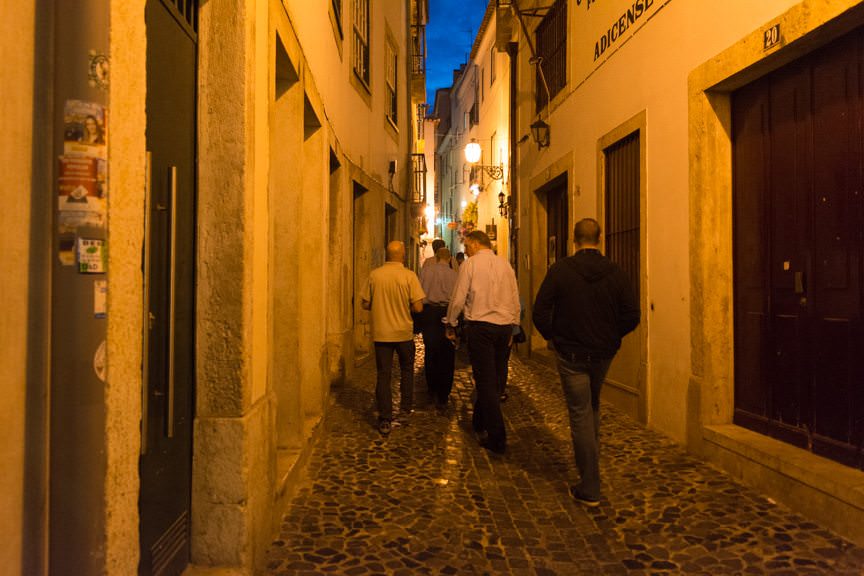
If that sounds confusing, consider this: no one really knows the origins of Fado, and most historians agree that the history of Fado has been continually adjusted and modified to suit whatever purpose the storyteller saw fit. What is undeniable, though, is that it’s beautiful music.
While I enjoyed tonight’s dinner, it didn’t really “click” with me. Dinner was a rotisserie-style chicken like the kind you might buy out of your supermarket, and the Fado music was a touch on the amateurish side. It was fun, to be sure, but it wasn’t the best I’ve ever heard.
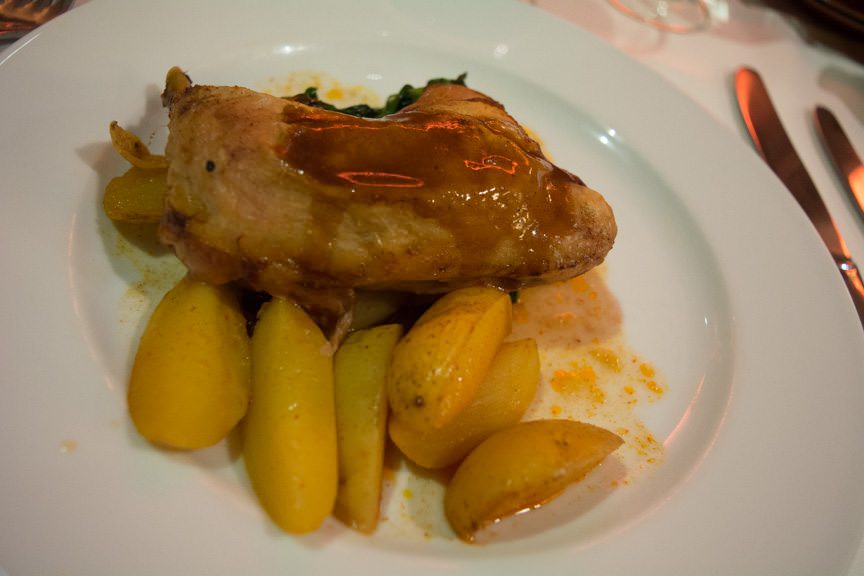
I’m slightly jaded in my assessment of tonight’s Fado performance. Last year, I saw Portuguese Fado star Ana Moura perform at the christening ceremonies for Viking Hemming and Viking Torgil. She’s what I think of now when I think of Fado.
Tomorrow though, we pass another milestone on our Portuguese journey with Viking River Cruises, as we depart Lisbon early in the morning and set out for the city of Porto, where the Viking Torgil awaits to take us up the Douro River and through the heart of Portugal’s port wine-producing region.
As anyone who has read this blog for more than half a second knows, it’s a journey I can’t wait to make. I love land tours, but there’s nothing like being aboard a ship. You unpack once, you relax, and leave the logistics to the crew.
It’s the Viking philosophy, summarized: exploring the world, in comfort.
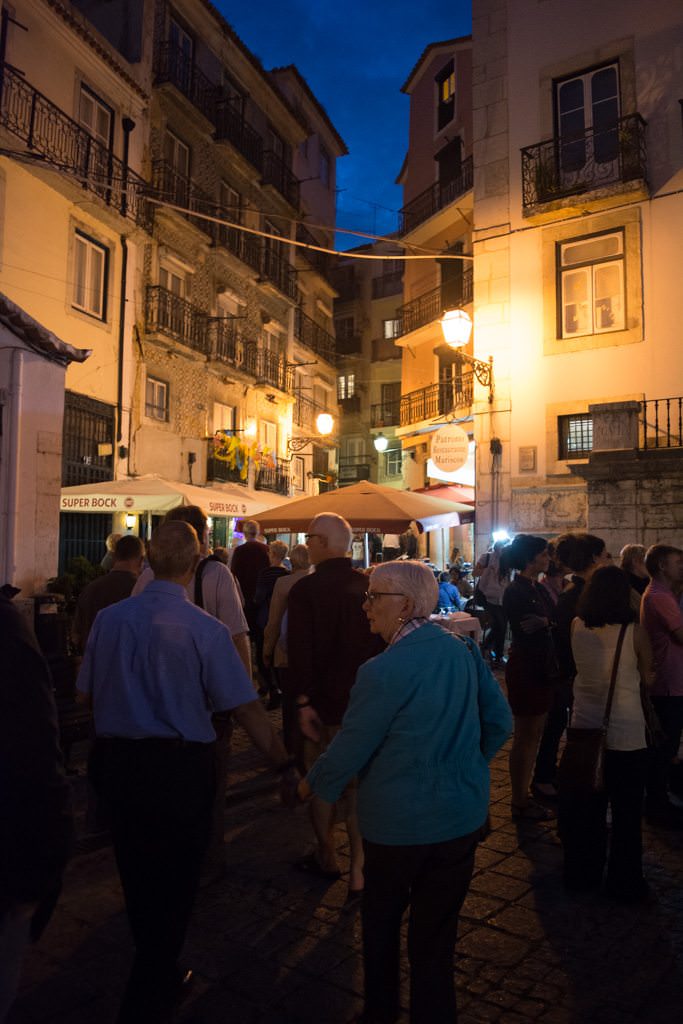
Viking Torgil - Portugal's River of Gold
| DAY | PORT |
|---|---|
| Day 1 | Lisbon, Portugal |
| Day 2 | Lisbon, Portugal |
| Day 3 | Porto, Portugal; Embarking Viking Torgil |
| Day 4 | Porto, Portugal |
| Day 5 | Regua, Portugal |
| Day 6 | Castelo Rodrigo |
| Day 7 | Salamanca, Spain |
| Day 8 | Pinhao, Portugal |
| Day 9 | Lamego, Portugal |
Our Live Voyage Report from onboard Viking River Cruises’ Viking Torgil continues tomorrow as we spend the day touring Lisbon, Portugal! Be sure to follow along with our adventures on Twitter @deckchairblog.
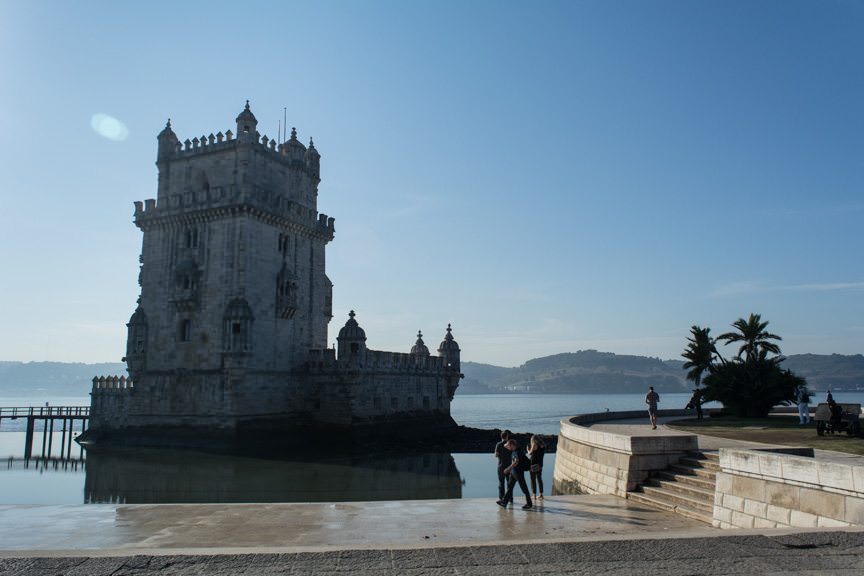
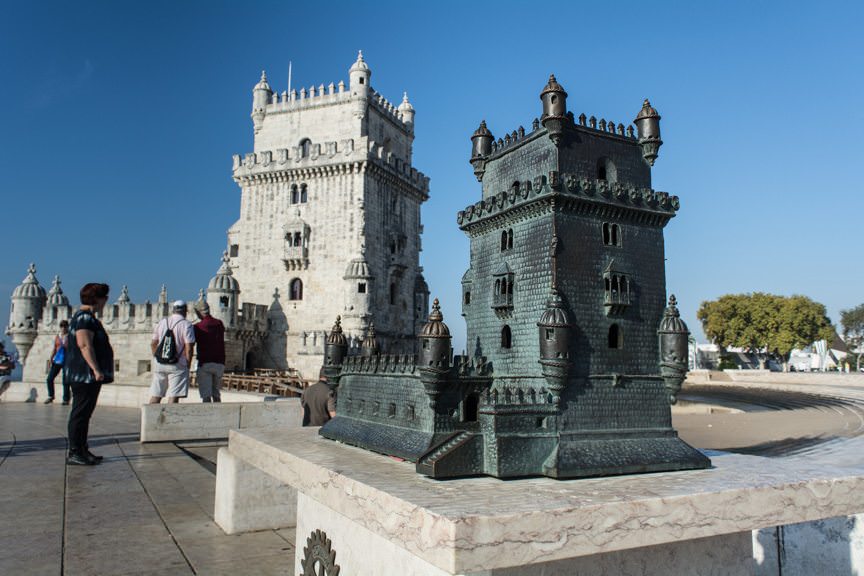
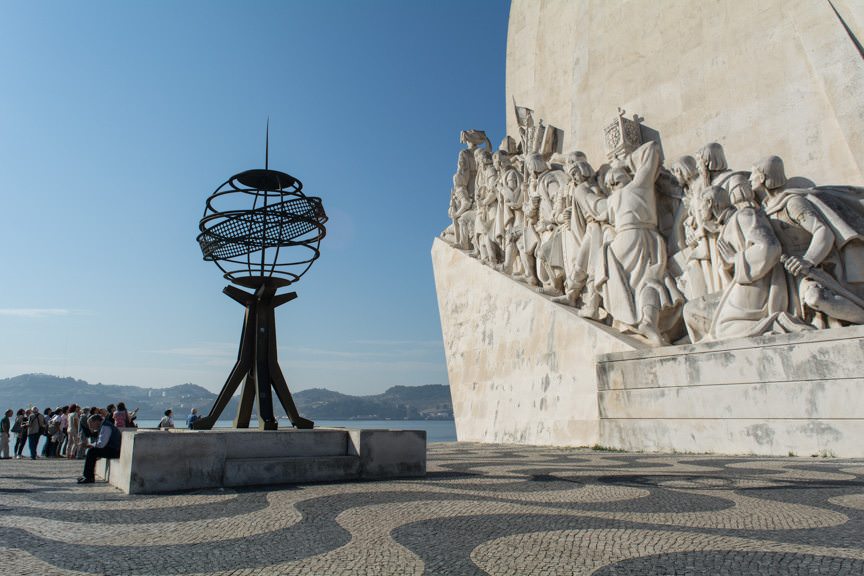
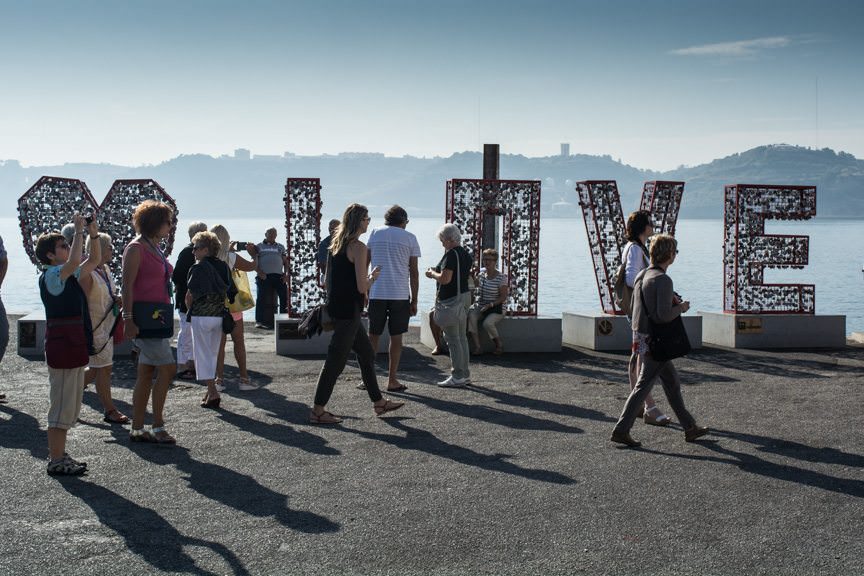
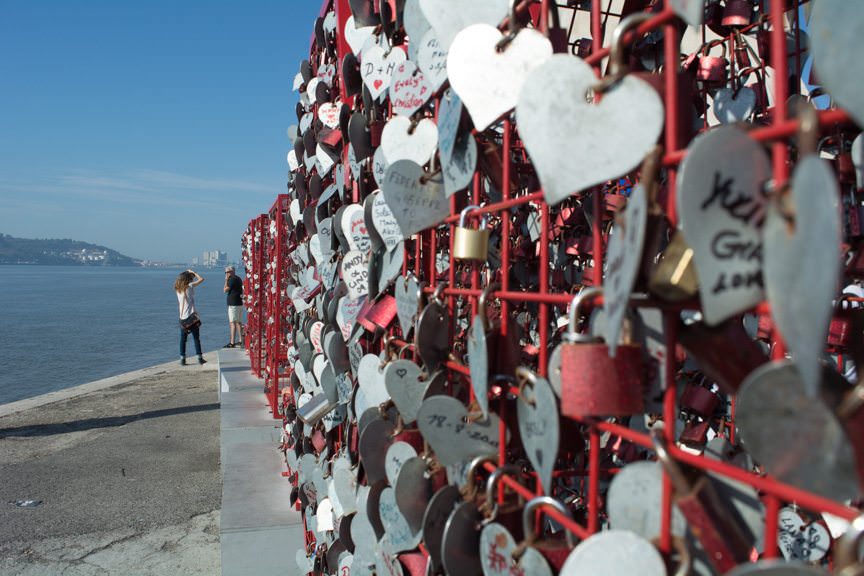
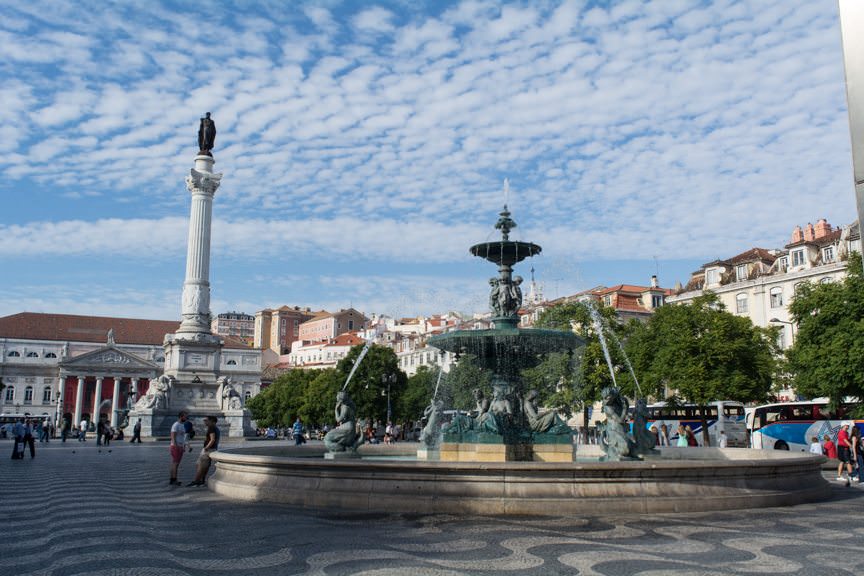
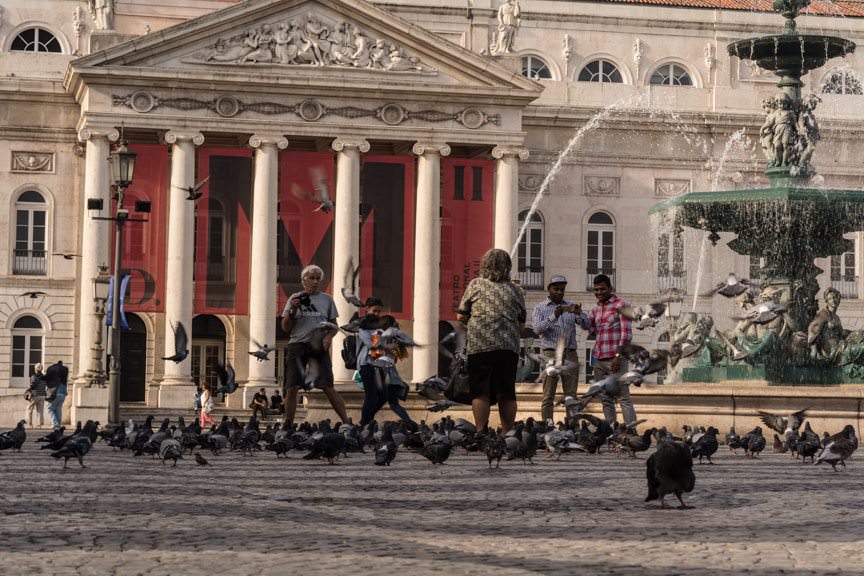
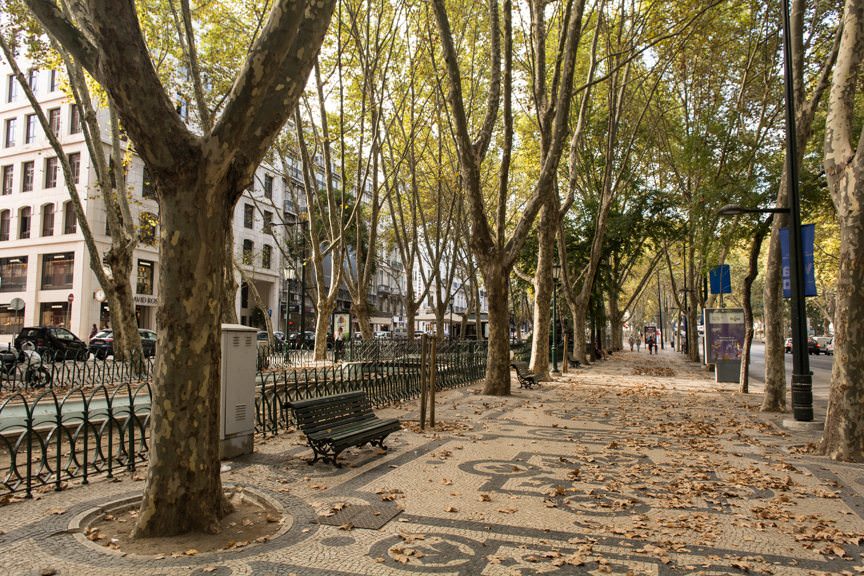
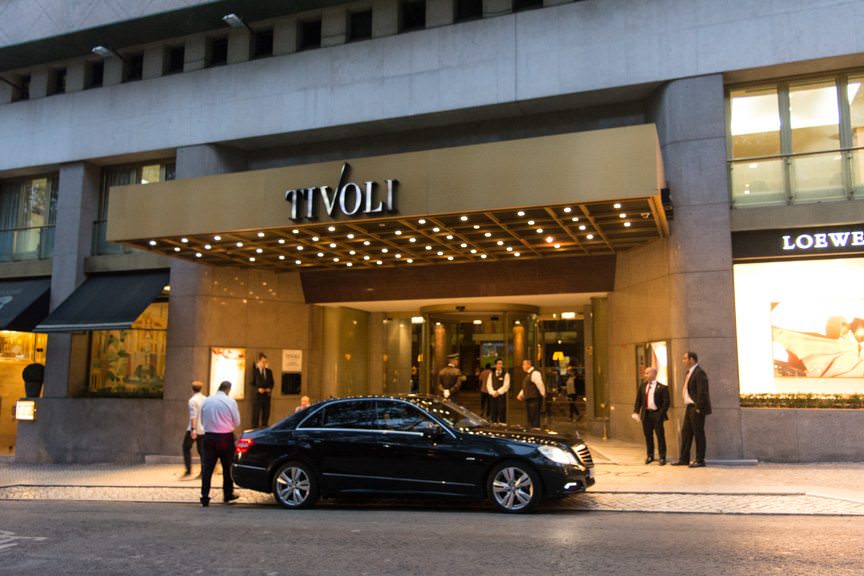
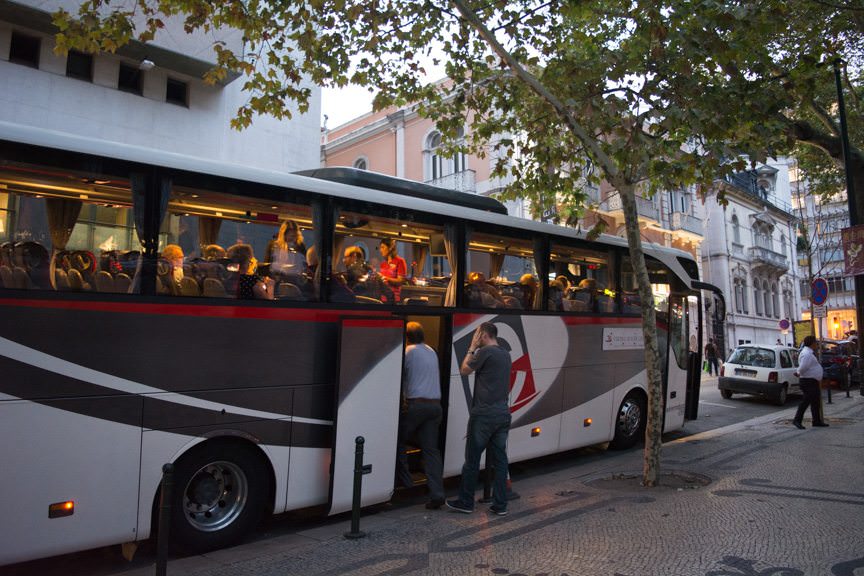
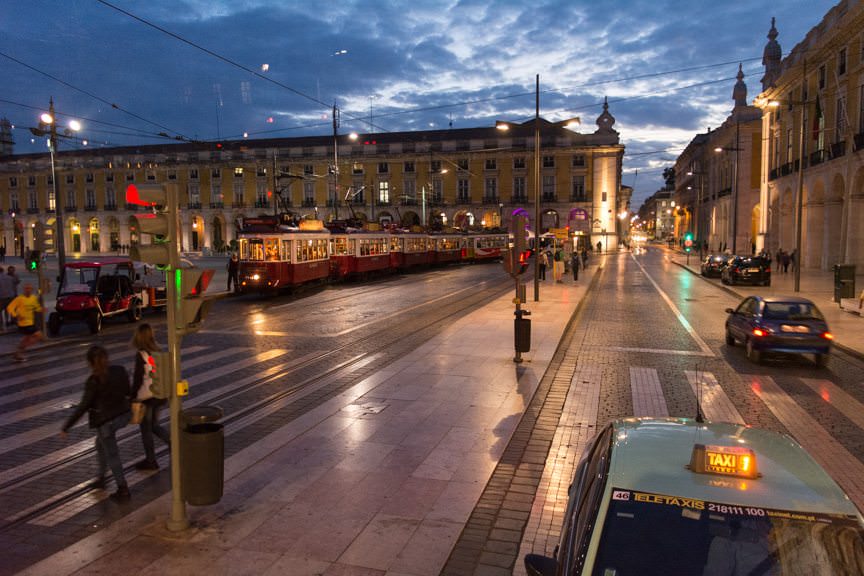
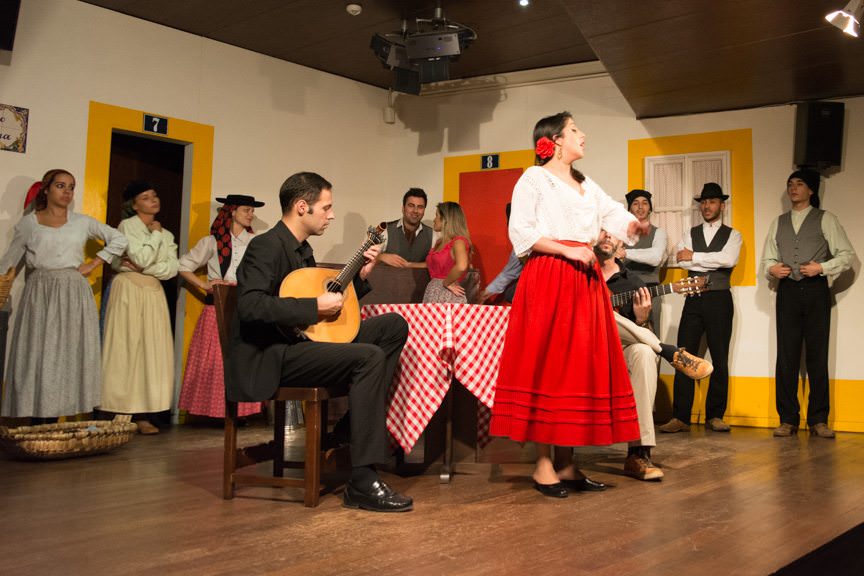

Leave a Reply